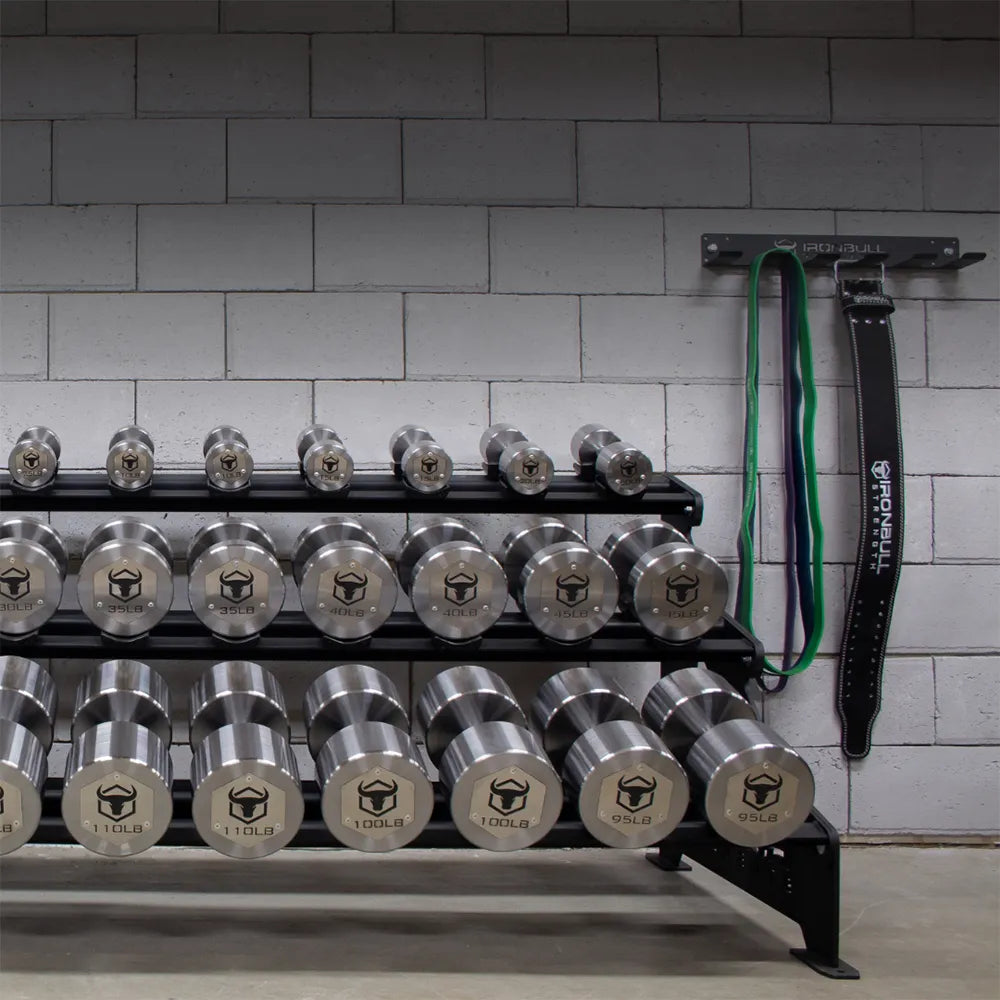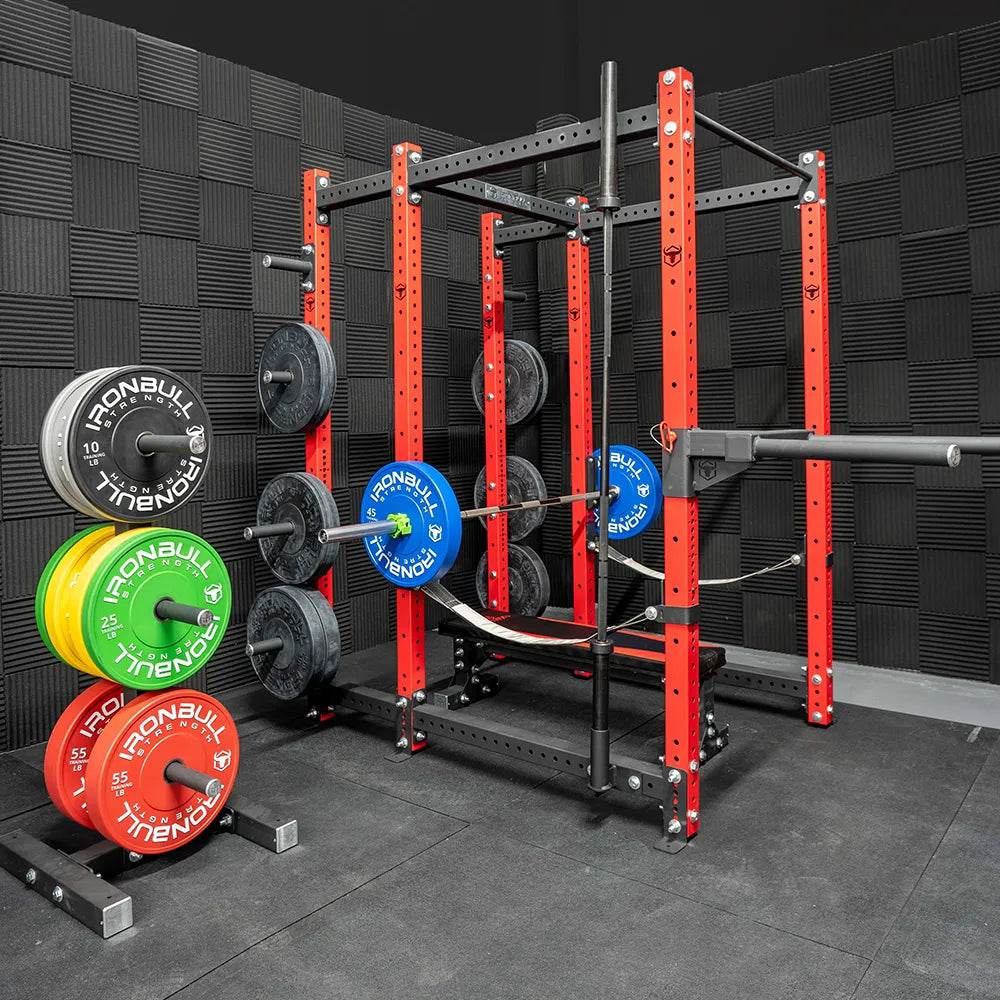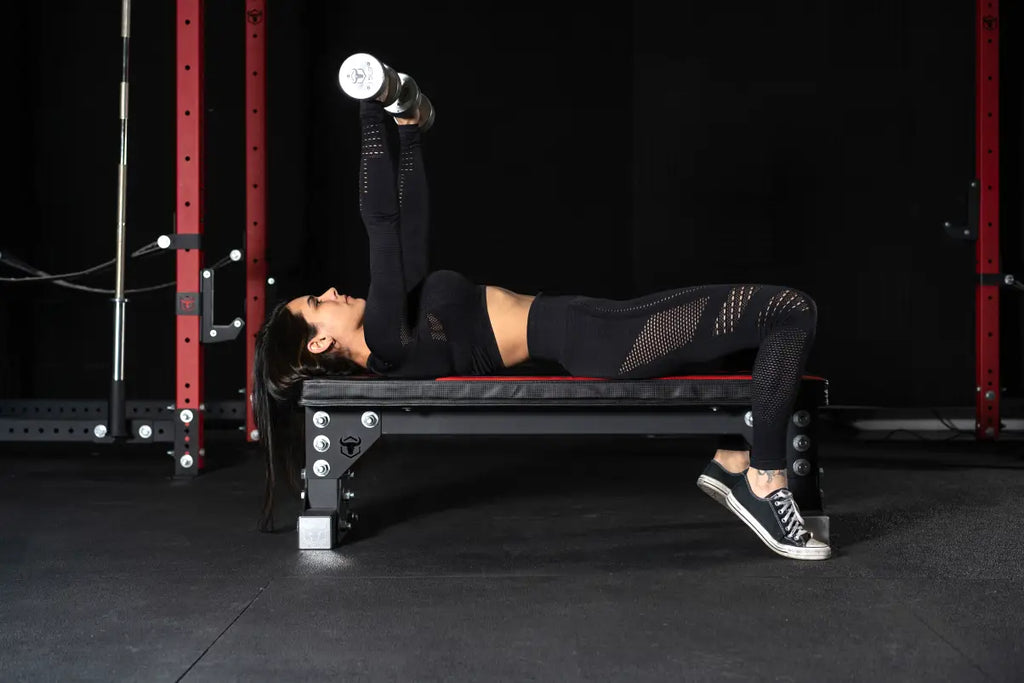Why you need a basement gym: Creative basement gym ideas


Why set up a gym in basement?
Setting up a basement gym is a brilliant way to make the most of your available space. It eliminates the need for commuting to a gym and makes it easier to fit workouts into your daily routine. If you are short on time, it will be easier to take the time to have a quick workout.
I hate the phrase, "Everyone has the same 24 hours in a day," when it comes to going to the gym. Some of us have actually worked 16-hour days, and in those cases, there's genuinely no time for a conventional workout.
But a quick 15-20 minutes here and there is enough to reduce cortisol levels, improve cardiovascular health by increasing heart rate variability, and boost brain function by enhancing serotonin production, also known as the "happy hormone."
With a basement gym, you can exercise whenever you want, in the comfort of your own home. It's a convenience, allowing you to squeeze in a workout even on the busiest of days.
The benefits of a basement gym go beyond convenience. Imagine having a dedicated space that is solely focused on your fitness goals.
No more distractions or waiting for equipment at a crowded gym. Your basement gym is your sanctuary, a place where you can focus solely on your health and well-being.
Plus, having a gym in your basement means you can personalize it to your liking, adding the equipment and décor that motivates and inspires you.
What to consider for basement gyms
Transforming your basement into a functional home gym involves careful planning and consideration of several factors to ensure a safe and effective workout environment. Here are some key points to keep in mind:
- Choose a suitable location: Look for a spacious area in your basement where you can comfortably set up your home gym.
- Check ceiling height: Ensure that the ceiling is high enough to accommodate the equipment you plan to use, particularly for squat racks or power racks that require overhead space.
- Adequate flooring: Consider rubber or foam flooring to protect your basement floor from heavy weights and provide a comfortable surface for exercising.
- Good lighting: Install sufficient lighting to create a well-lit and safe workout environment.
- Ventilation: Check if the basement has proper ventilation or consider adding fans or windows to regulate airflow and prevent excessive moisture buildup.
- Insulation and temperature control: Properly insulate your basement to maintain a comfortable temperature for working out, especially in colder months.
- Access and maneuverability: Ensure there's enough space to move around and access the equipment easily without feeling cramped.
- Consider noise: Think about the noise levels generated during your workouts, especially if the basement is near bedrooms or living spaces. Consider soundproofing measures.
- Electrical outlets: Make sure there are enough electrical outlets for your equipment, or plan to add additional ones as needed.
- Safety precautions: Install proper safety measures such as mirrors, fire extinguishers, and first aid kits to ensure a safe workout environment.
- Storage space: Plan for adequate storage to keep your equipment organized and free up space for exercising.
- Budget considerations: Keep your budget in mind when selecting equipment and making any necessary modifications to your basement.
Various basement gym ideas
Now that you're sold on a basement gym let's explore some basement workout room ideas for different fitness goals in the basement workout room. Whether you're into bodybuilding, powerlifting, functional training, or just maintaining overall fitness, there's a setup that can suit your needs.
Cardio-Focused Space: Make a cardio zone with equipment like a treadmill, stationary bike, or rowing machine. Add kettlebells for dynamic workouts that boost heart rate and burn extra calories. This area can keep you engaged and motivated during your cardio sessions.
Weightlifting Paradise: Create a weightlifting haven with essentials like a squat rack, a comprehensive set of dumbbells, a weight bench, and a lifting rack. This setup is perfect for those who want to focus on strength training and muscle building.
Functional Training Zone: Design a functional fitness area with kettlebells, resistance bands, medicine balls, and a pull-up bar. Include space for box jumps, battle ropes, and agility drills to improve overall athletic performance and endurance. This setup supports a wide range of exercises for dynamic and effective workouts.
Powerlifting Area: Create a dedicated powerlifting zone with a power rack, Olympic barbell, and a range of weight plates. Include a bench for bench presses and space for deadlifts. This setup is designed for those serious about powerlifting and aiming to enhance their squat, bench, and deadlift performance.
Rehab and Conditioning Corner: Make a rehab and conditioning area with medicine balls, mats, and resistance bands. This space is perfect for low-impact exercises, stretching, and rehabilitation routines. It can also be used for conditioning workouts that focus on balance, flexibility, and core strength, providing a well-rounded fitness approach.
Each of these ideas can be customized to fit your fitness goals and preferences, ensuring your basement gym becomes your ultimate workout sanctuary.
Best flooring for basement exercise room
Proper flooring is just as important as the equipment you use when setting up your basement workout room. For an unfinished basement home gym, exercising on bare concrete floors might not be the most comfortable or safe option. If your basement has carpet or tile, consider removing it to start fresh.
There are a few common flooring materials for basement gyms, each with its benefits.
Rubber mats are a great choice if heavy equipment requires good shock absorption. They come in interlocking tiles or rollable mats that are easy to install. Rubber mats can support even the heaviest equipment, giving you peace of mind.
Foam tiles are a good option for lower-impact exercises like yoga or Pilates. They provide good shock resistance and added comfort, making your workouts more enjoyable. However, they may not hold up as well with heavier equipment like weight benches.
If you want a flooring material that can handle home exercise while still looking nice, vinyl panels are a practical choice. Although not as durable as rubber, vinyl is easier to clean and maintain. Choose vinyl tiles if you want a presentable gym space.
Remember, investing in the right flooring will make your basement workout room more comfortable and safe, allowing you to enjoy your workouts fully.
Basement gym setup: Boost your motivation
In addition to tidying up your space to make it a place you enjoy being in, here's another excellent idea for your basement gym: make it visually appealing to keep your motivation high.
Think about the things you loved about your previous gym. What made you keep going back?
Install good lighting: Pick lights labeled as "daylight" or have a color temperature of 5000k. This is the same color temperature as the sun at midday. If you plan to do some yoga or meditation, you might want lights that can be dimmed, too.
Dress up the walls: Add some life to the room by hanging inspirational art, photos, or a cool mural on the walls.
Hang a mirror: Choose a wall to hang a mirror on so you can check your form (and take a gym selfie, if you want!).
Get a whiteboard or chalkboard: Use these to write down your workout plan or some motivating quotes for the day.
Rock out to music: Connect a sound system or a portable speaker to play music while you work out. If you like, add a TV so you can watch something on the treadmill or follow along with online classes.
Stay hydrated: If you have enough space, set up a small fridge so you can grab a drink easily and stay hydrated during your workout.
Creating your ideal basement gym
Setting up a basement gym is a practical way to enhance your fitness routine without the hassle of commuting to a gym. It offers convenience, allowing you to squeeze in workouts even on the busiest days.
A basement gym can be personalized to meet your specific fitness needs, whether you're focused on cardio, weightlifting, functional training, or rehabilitation.
Proper planning and consideration of factors like flooring, lighting, and ventilation ensure a safe and effective workout environment. With thoughtful design, your basement can become a dedicated space for achieving your fitness goals, right in the comfort of your home.










